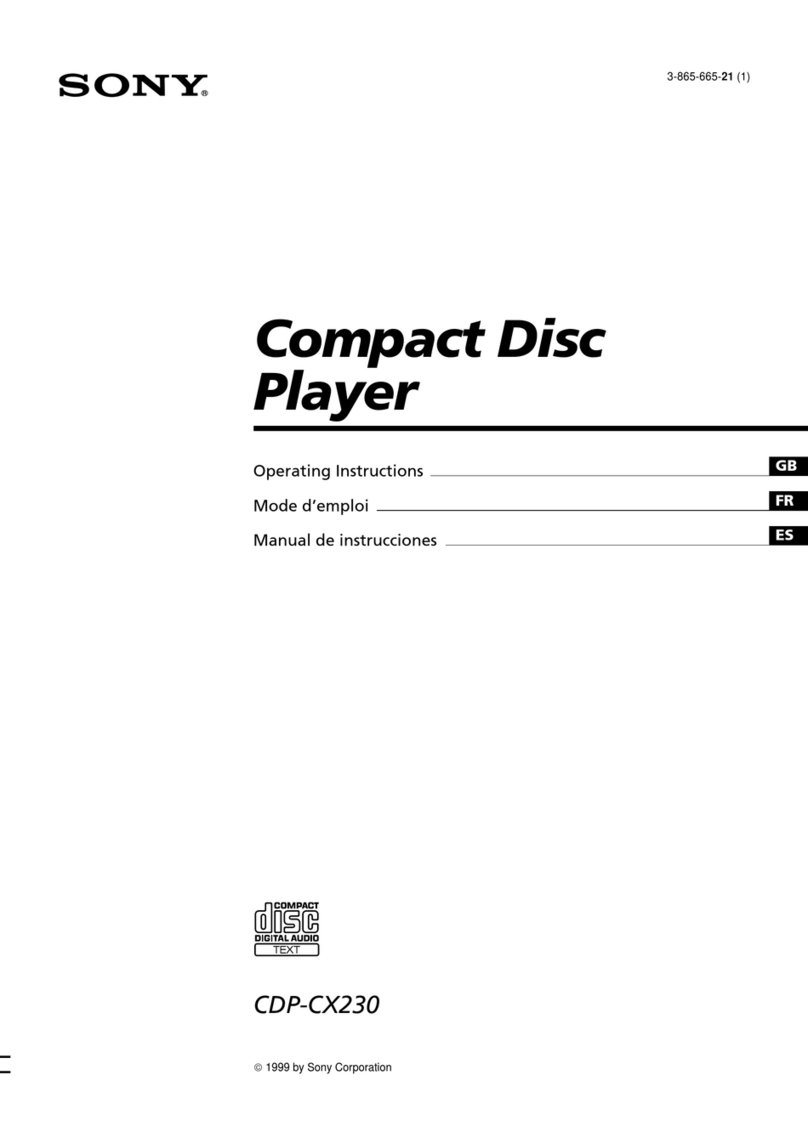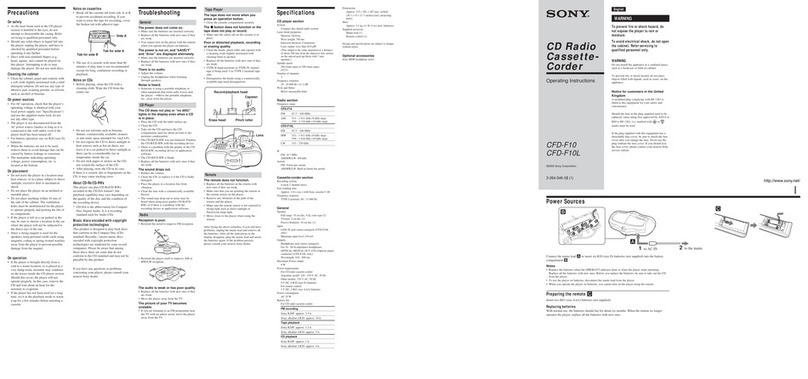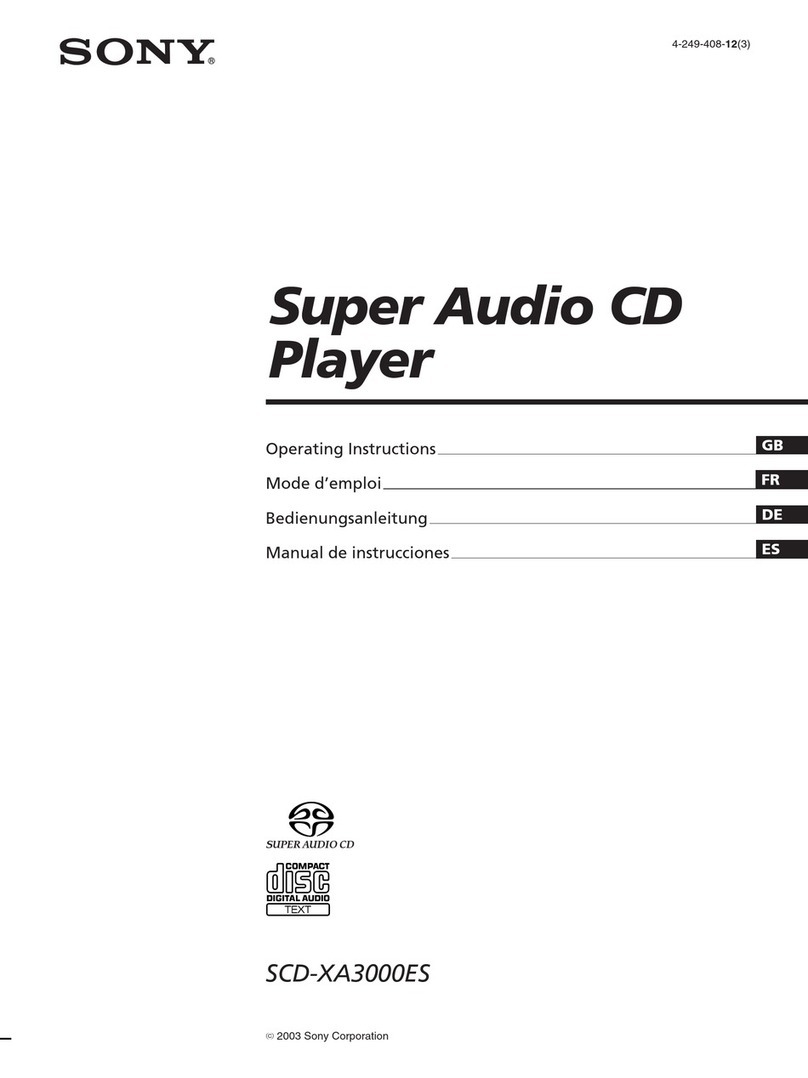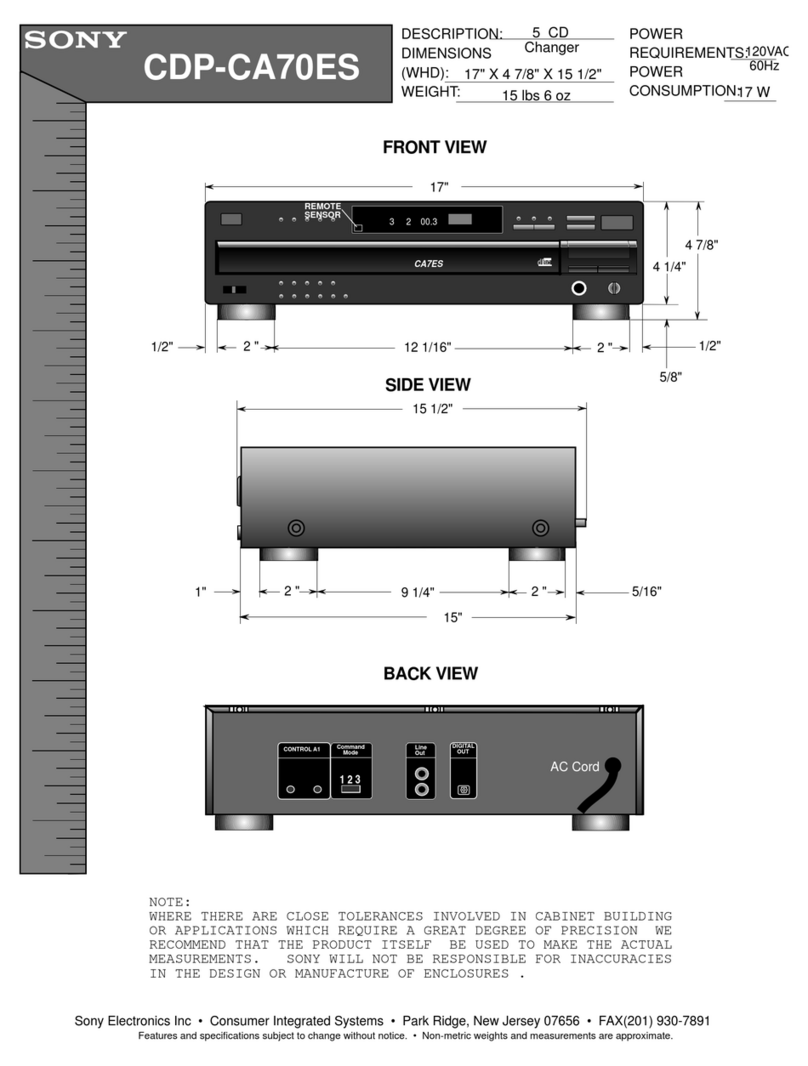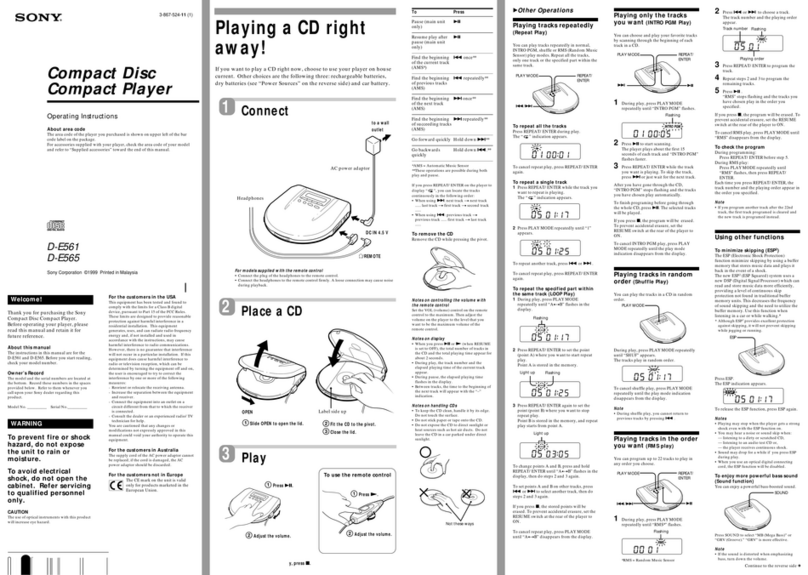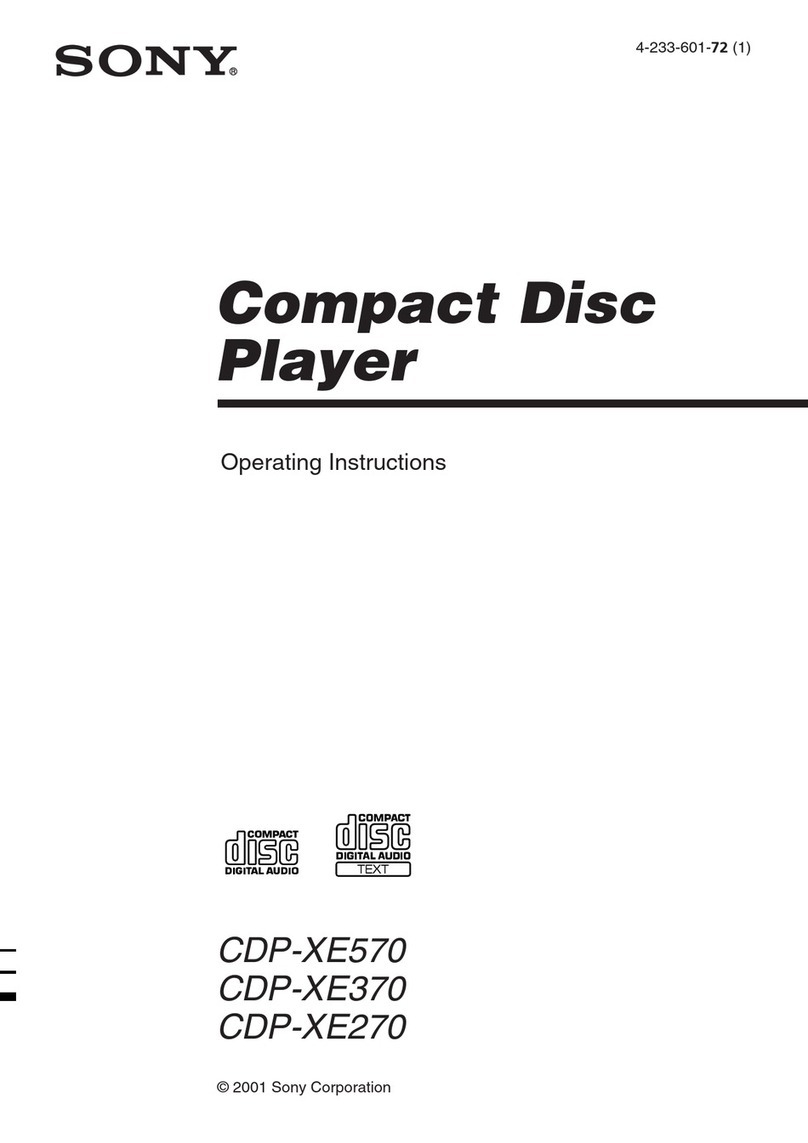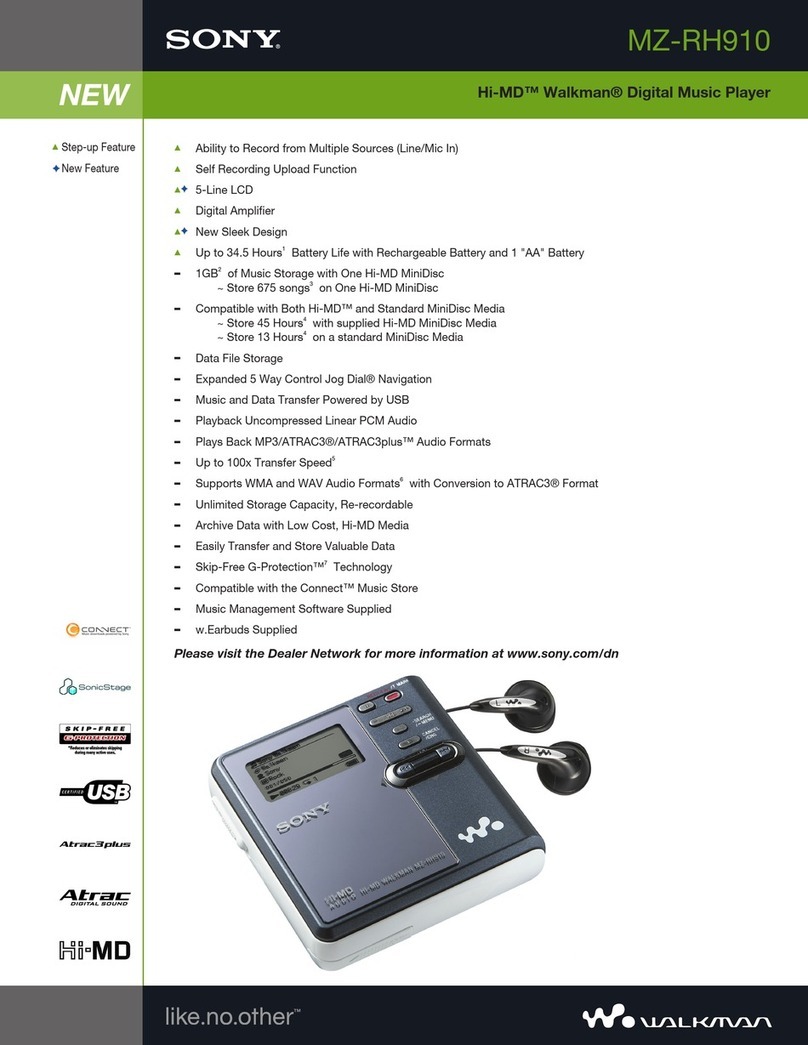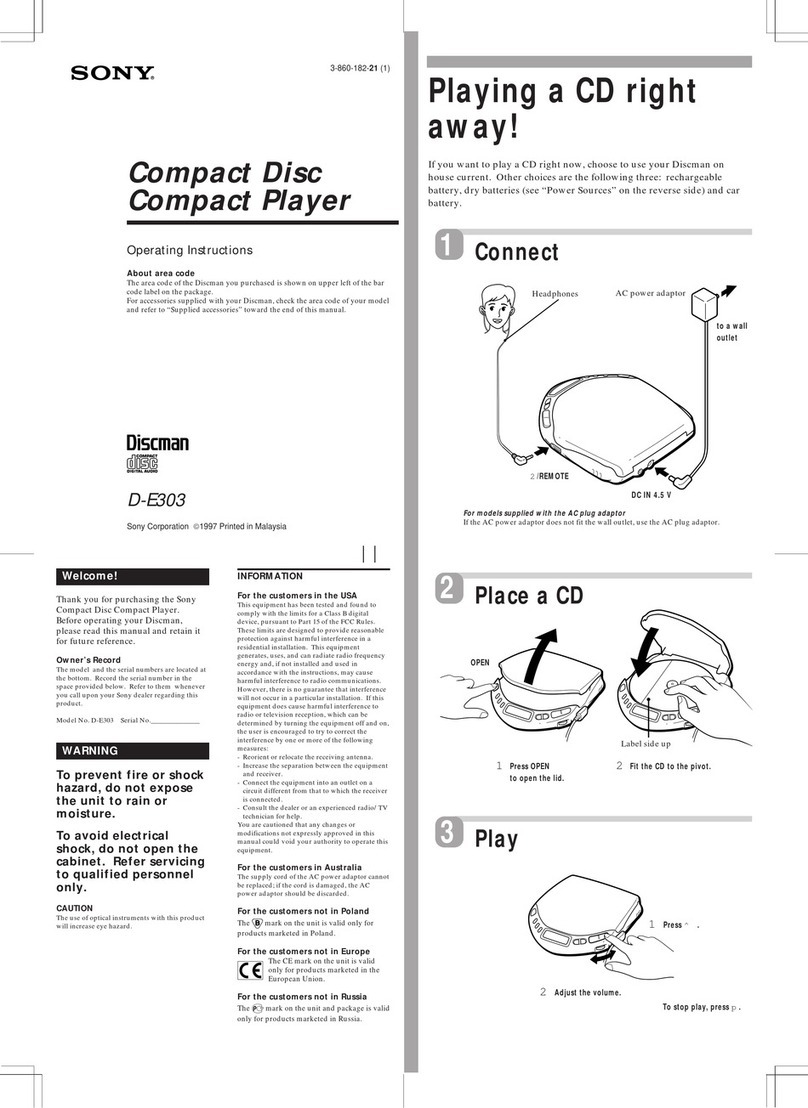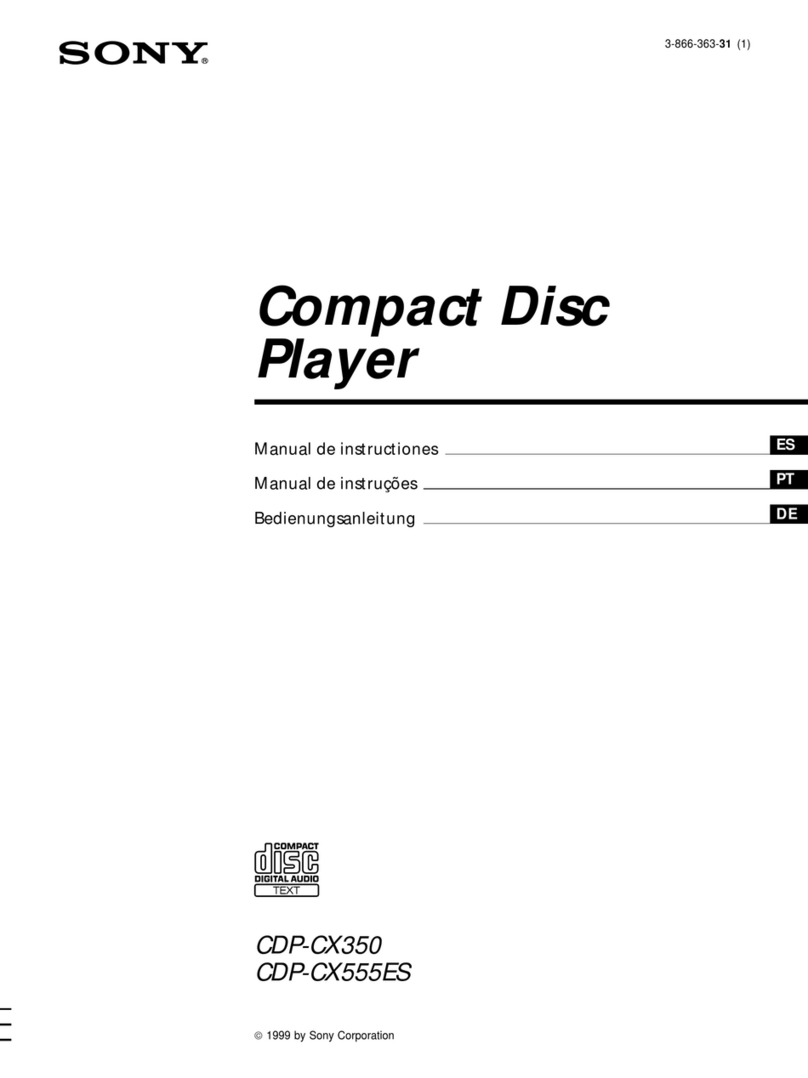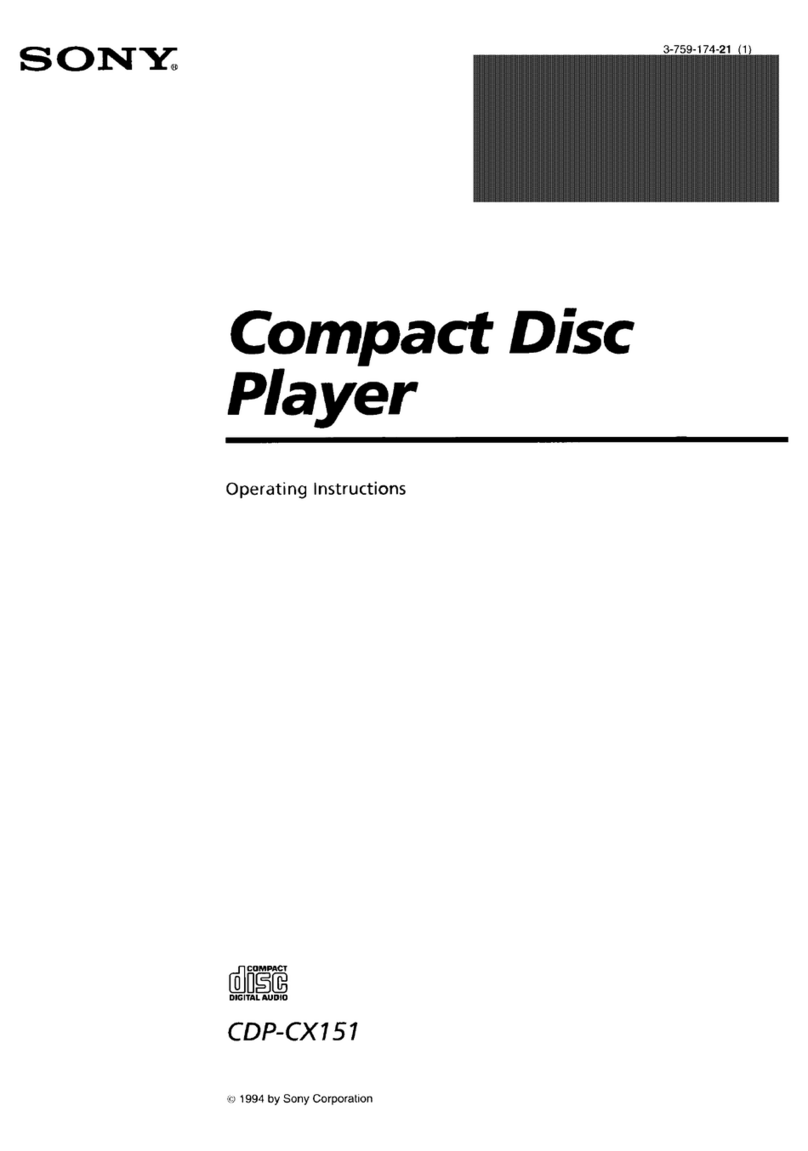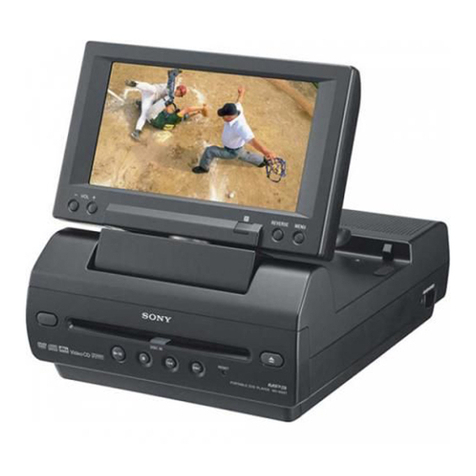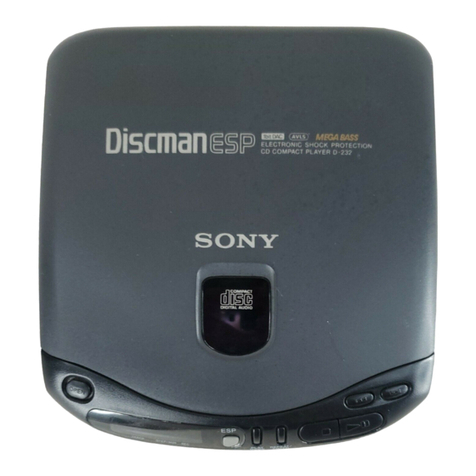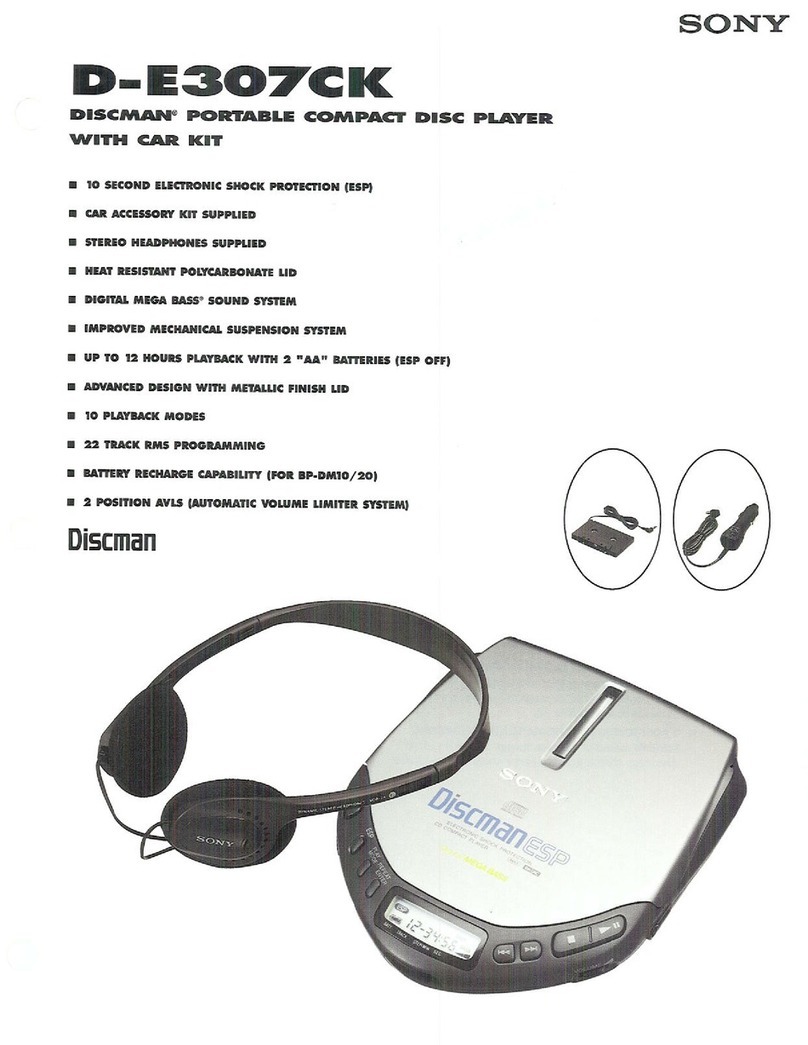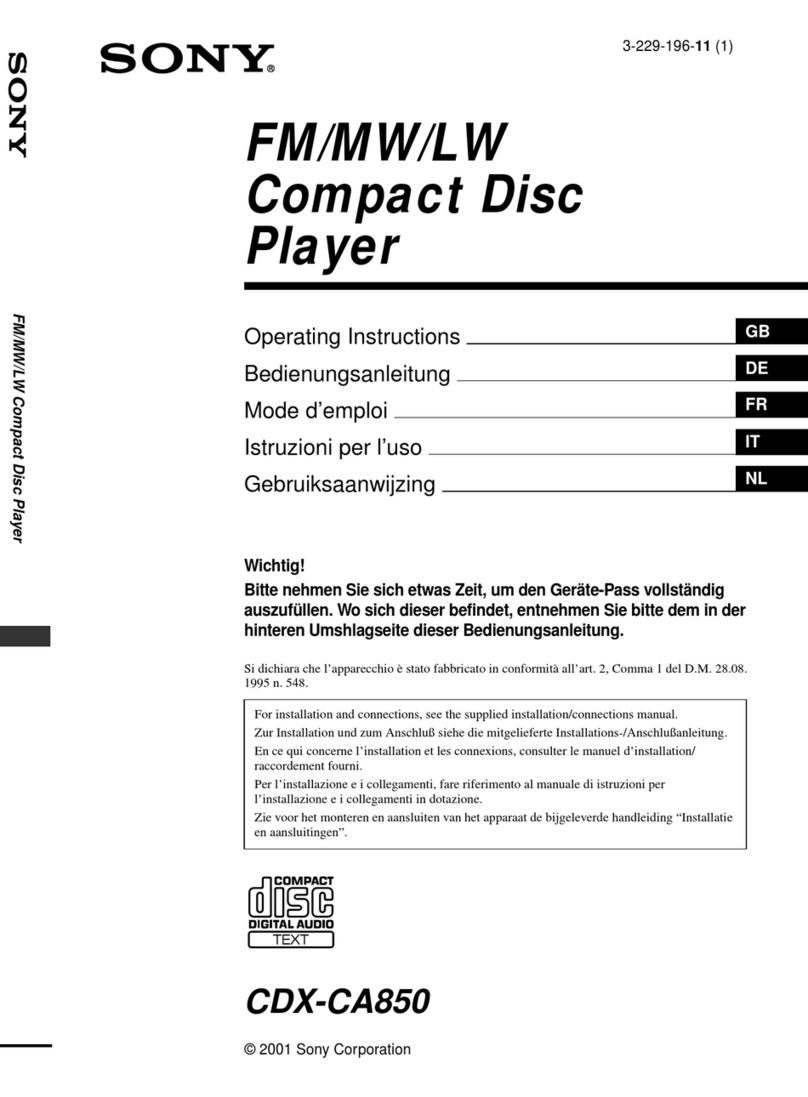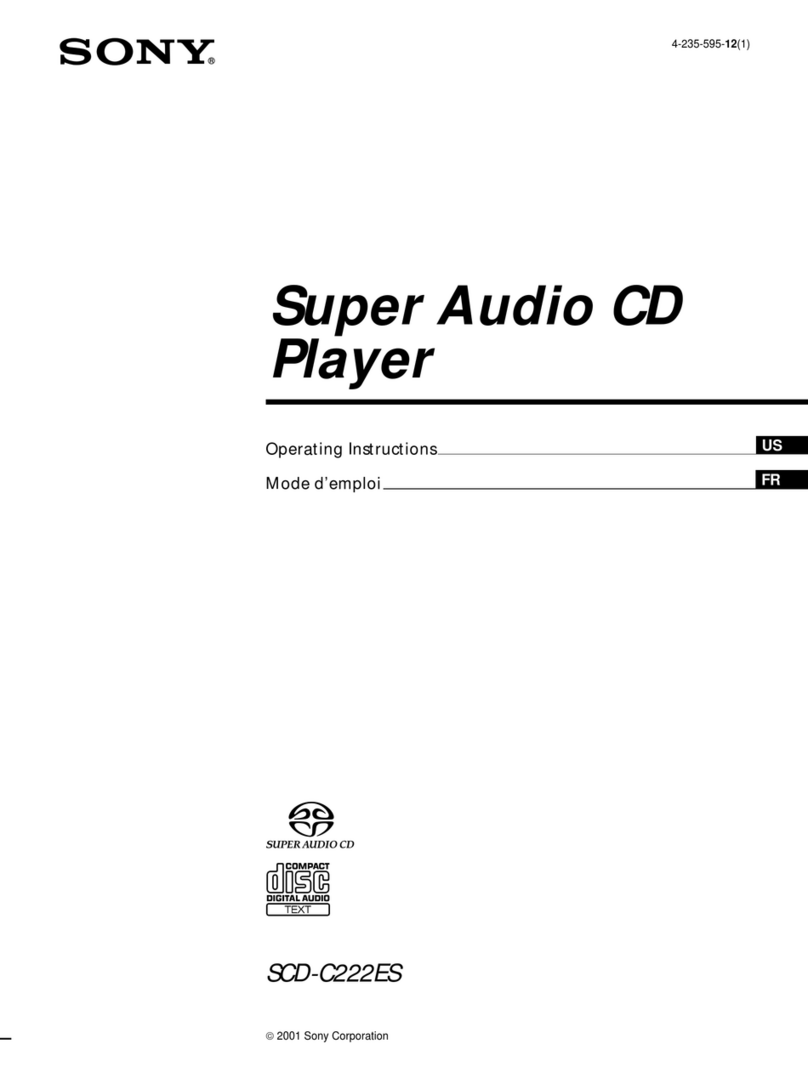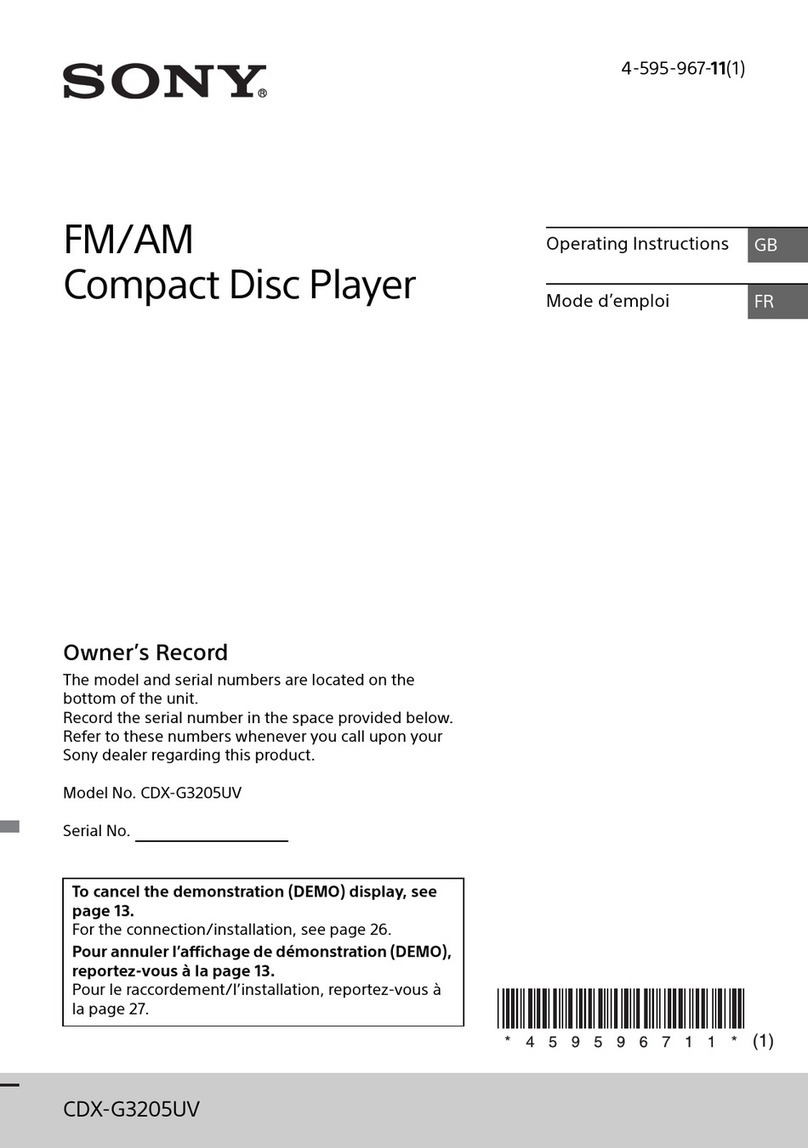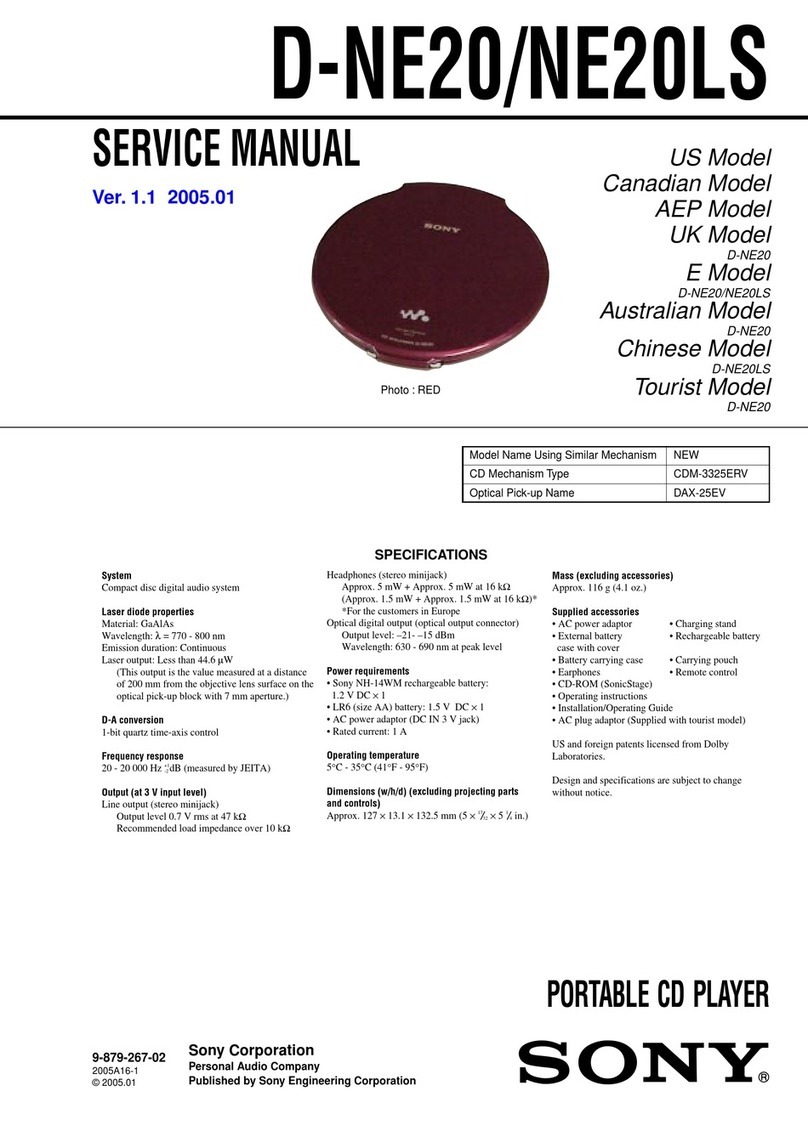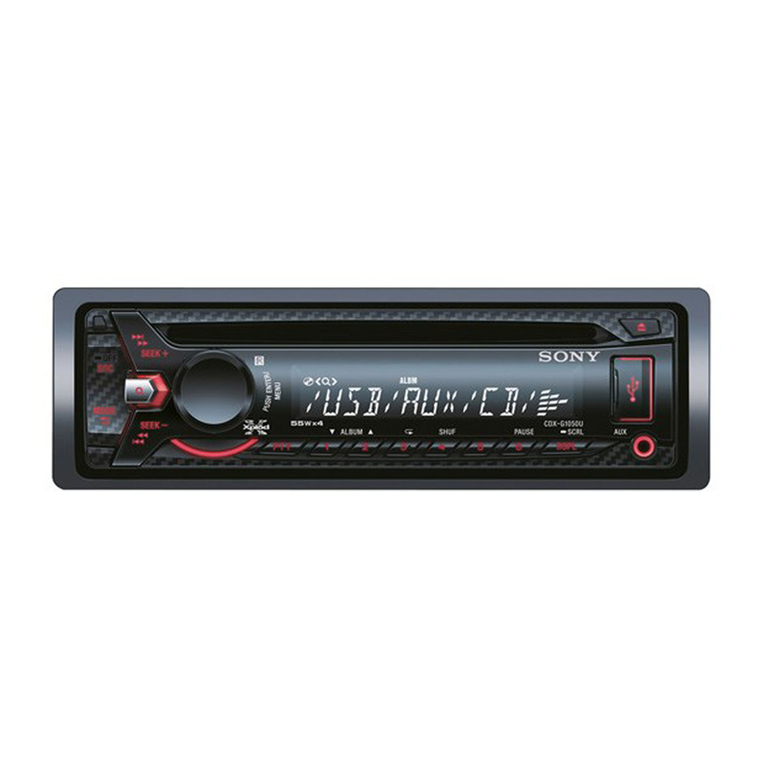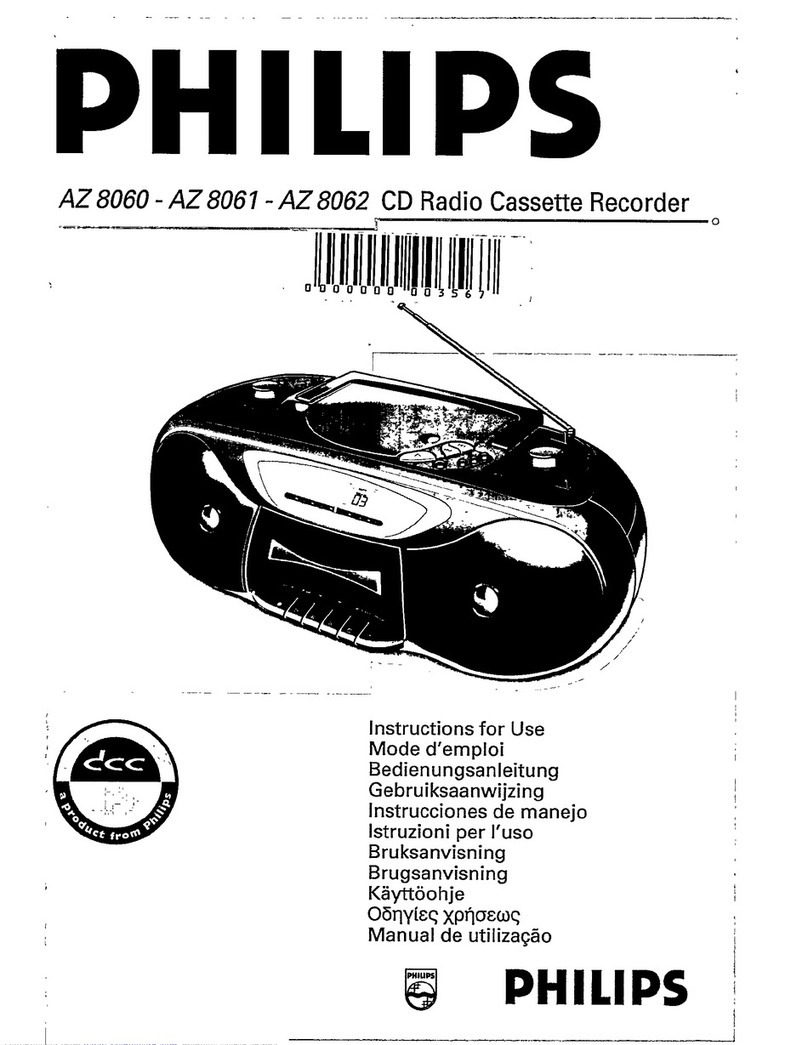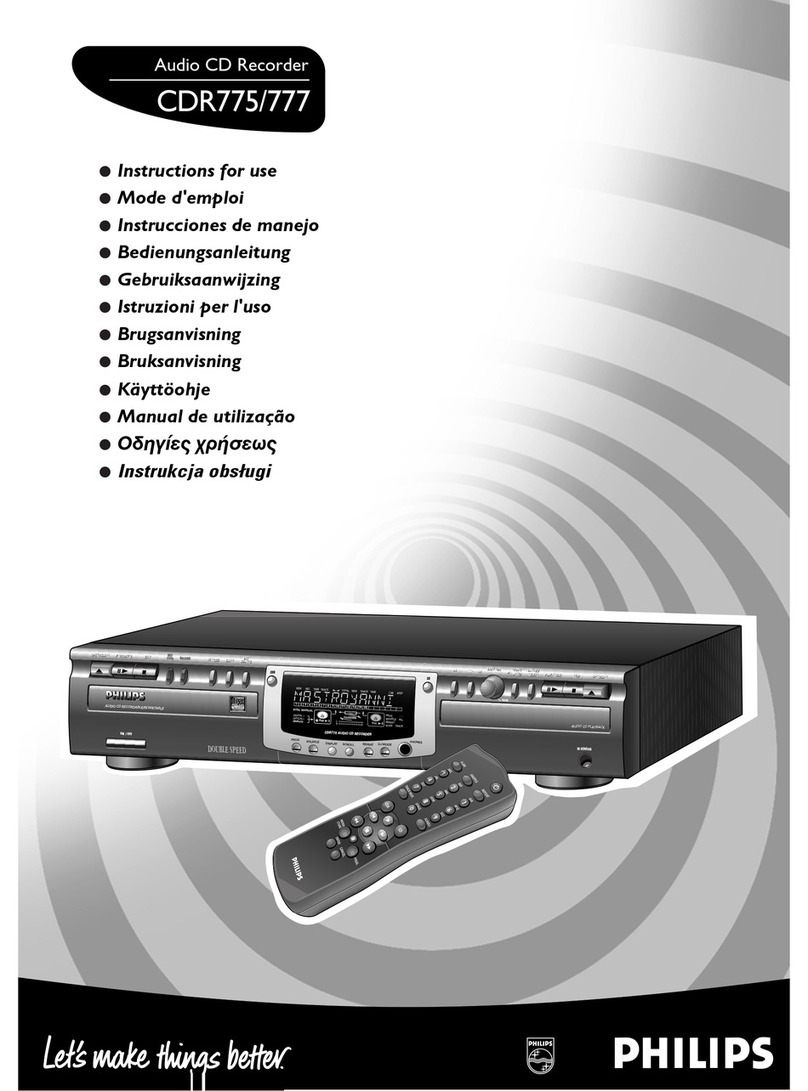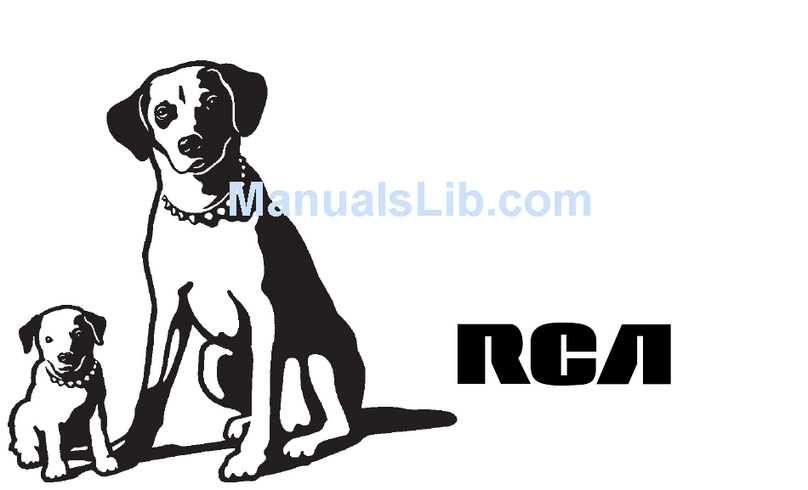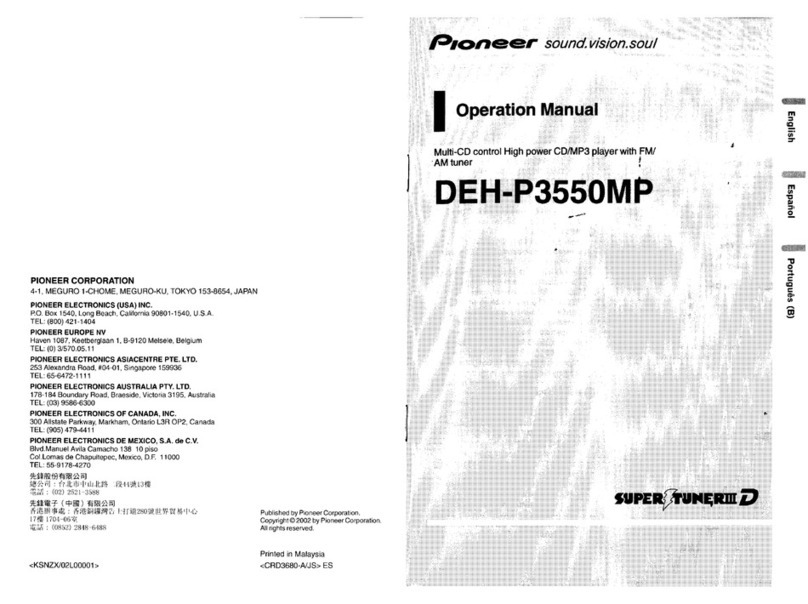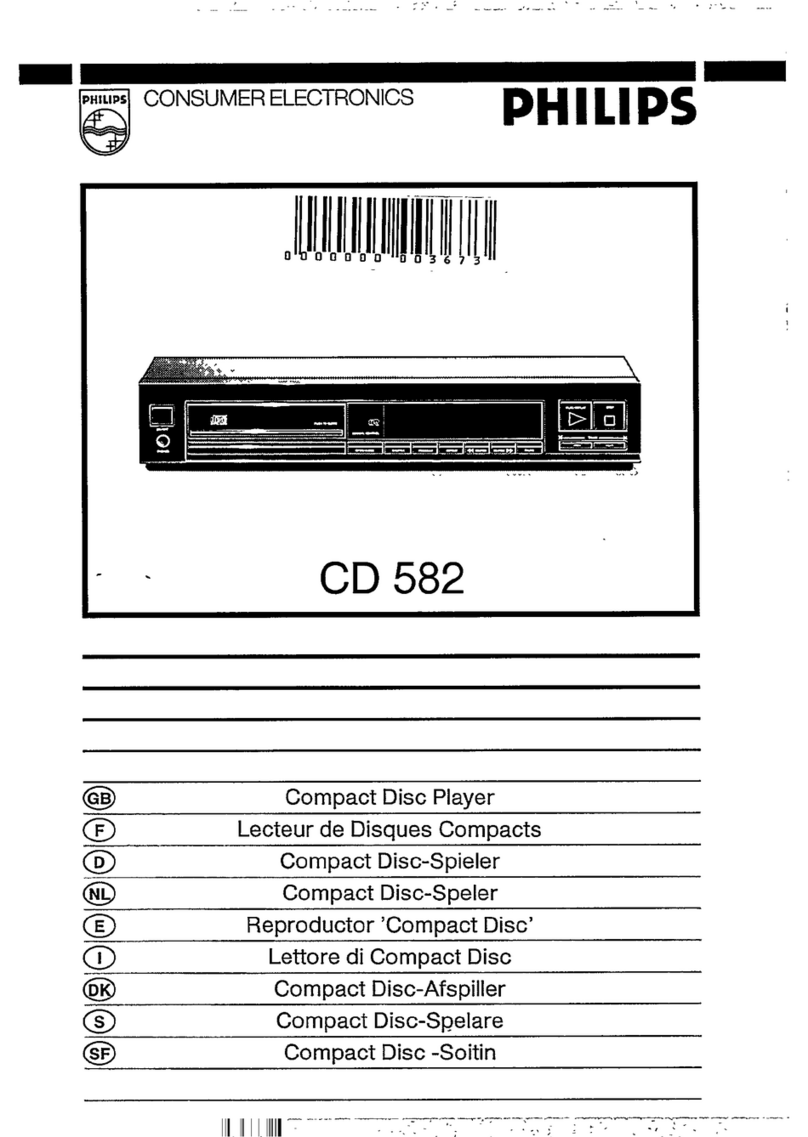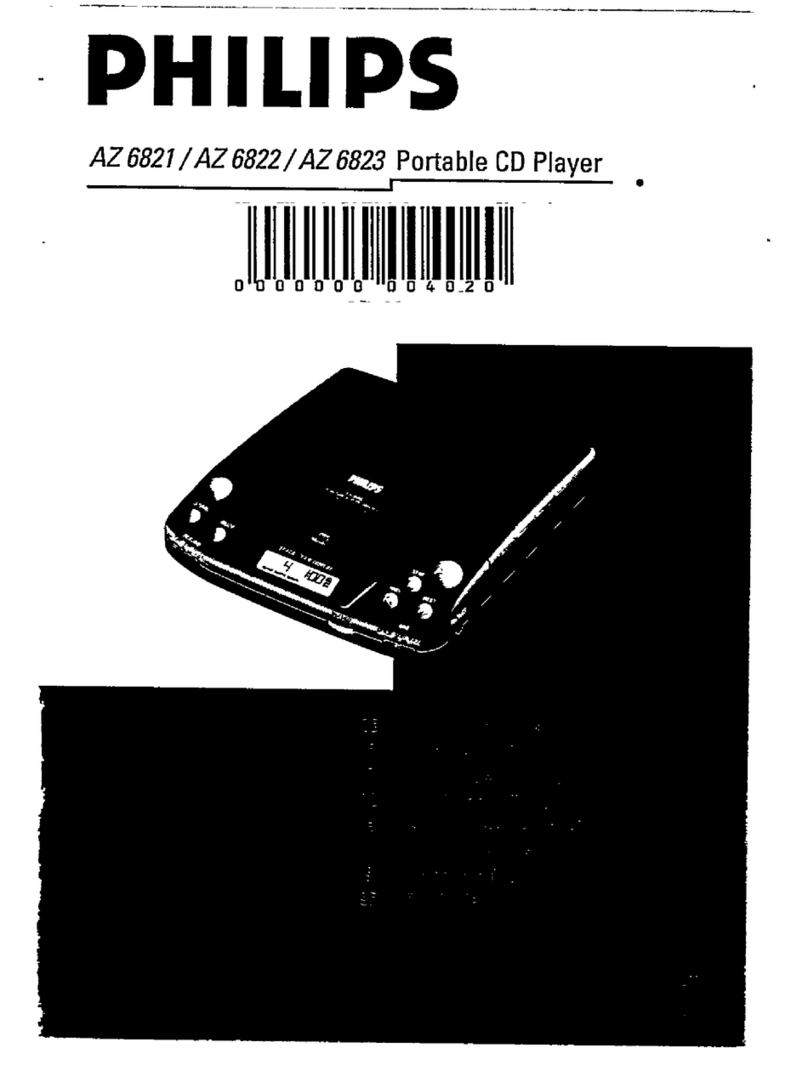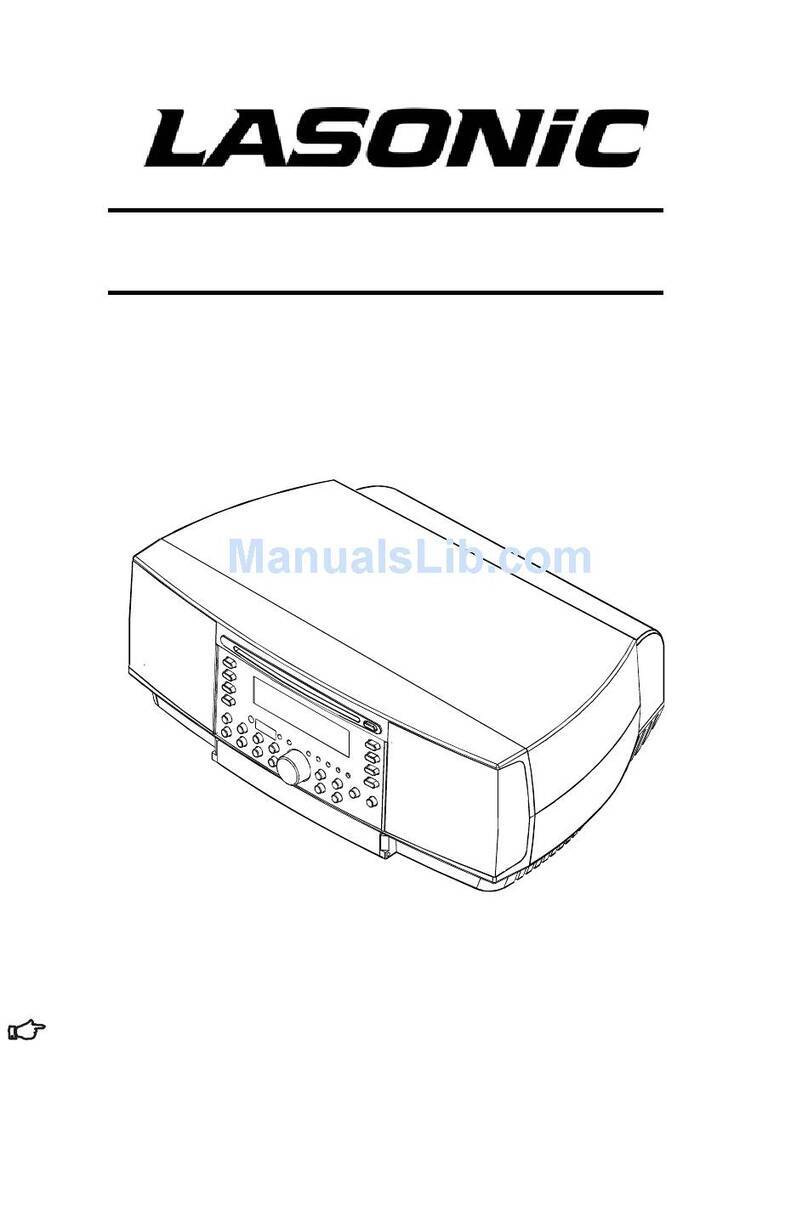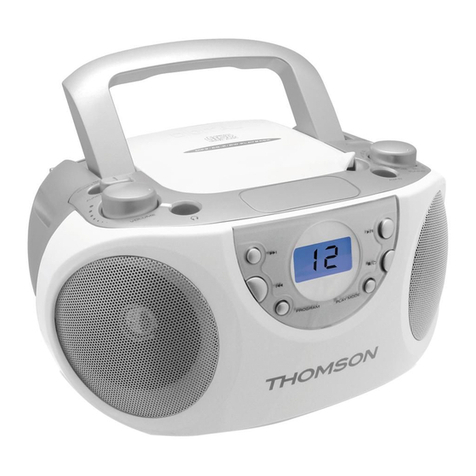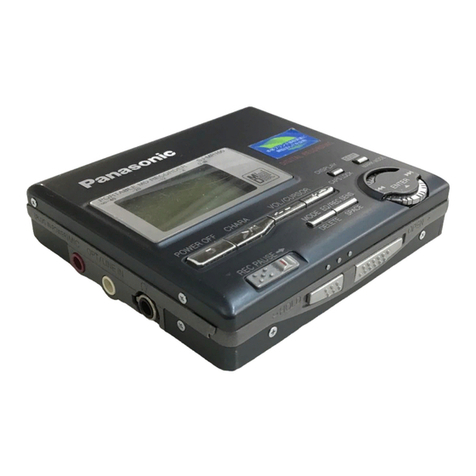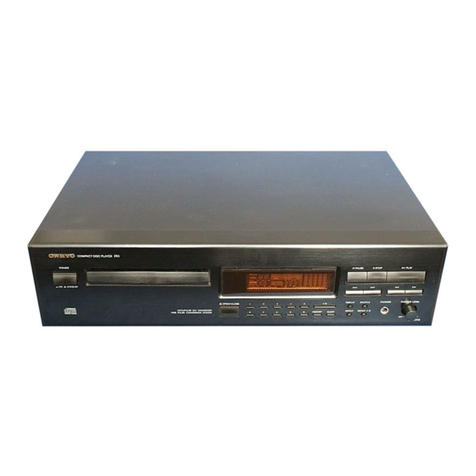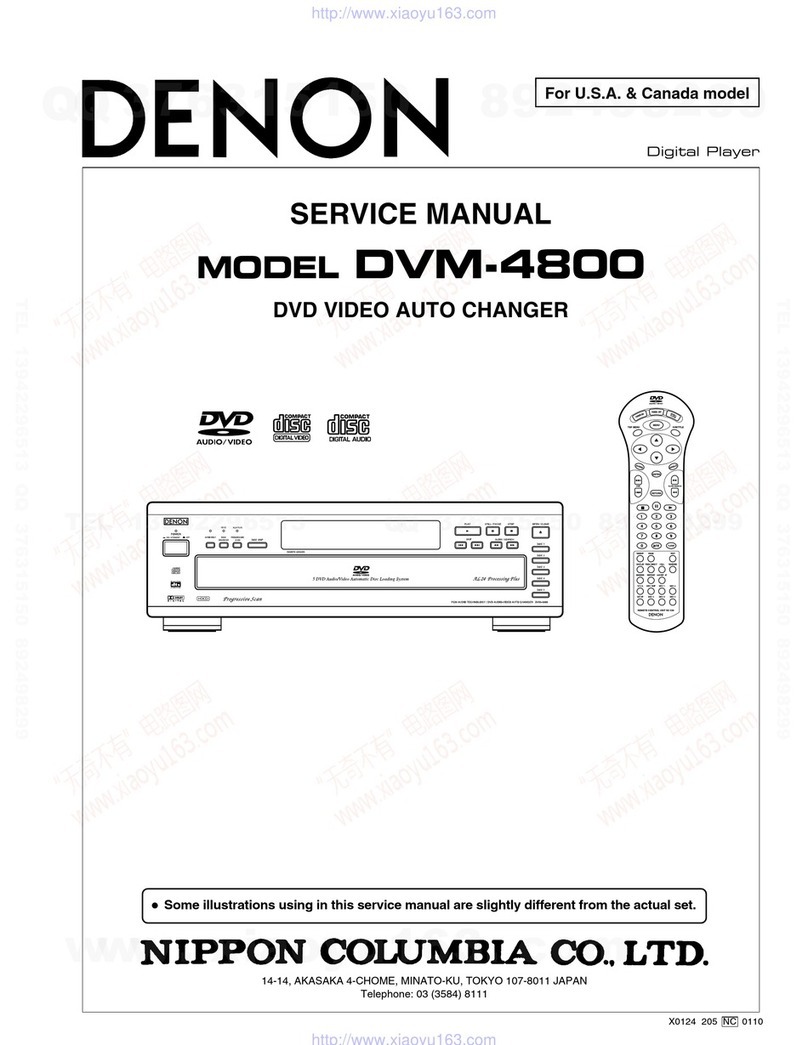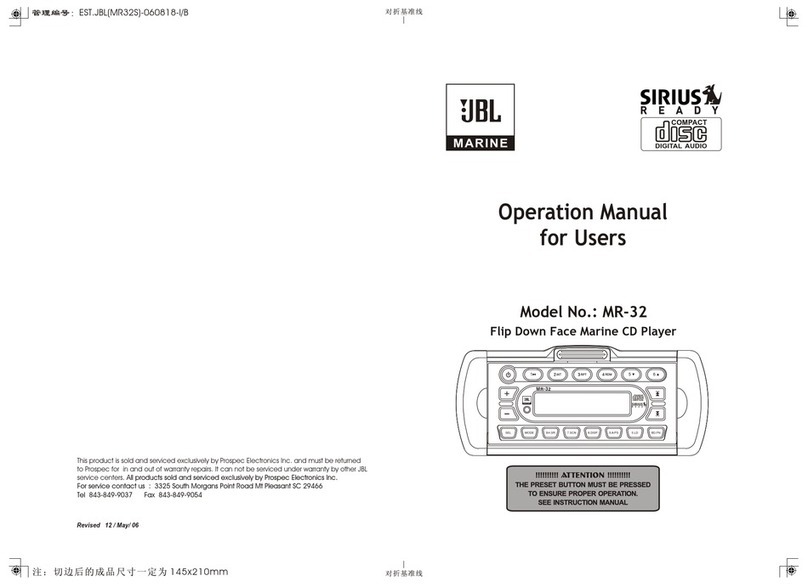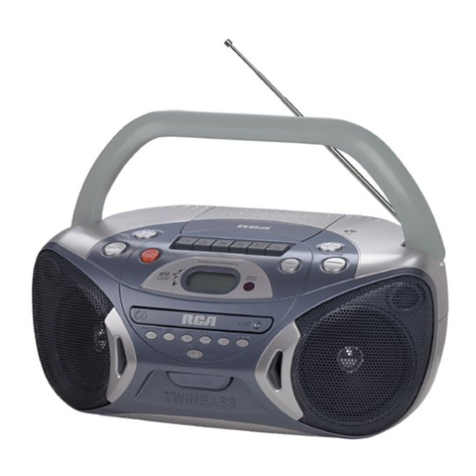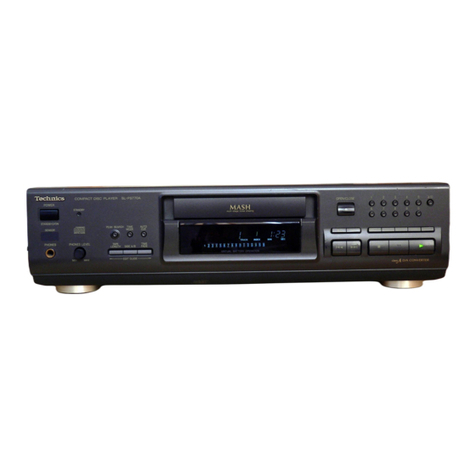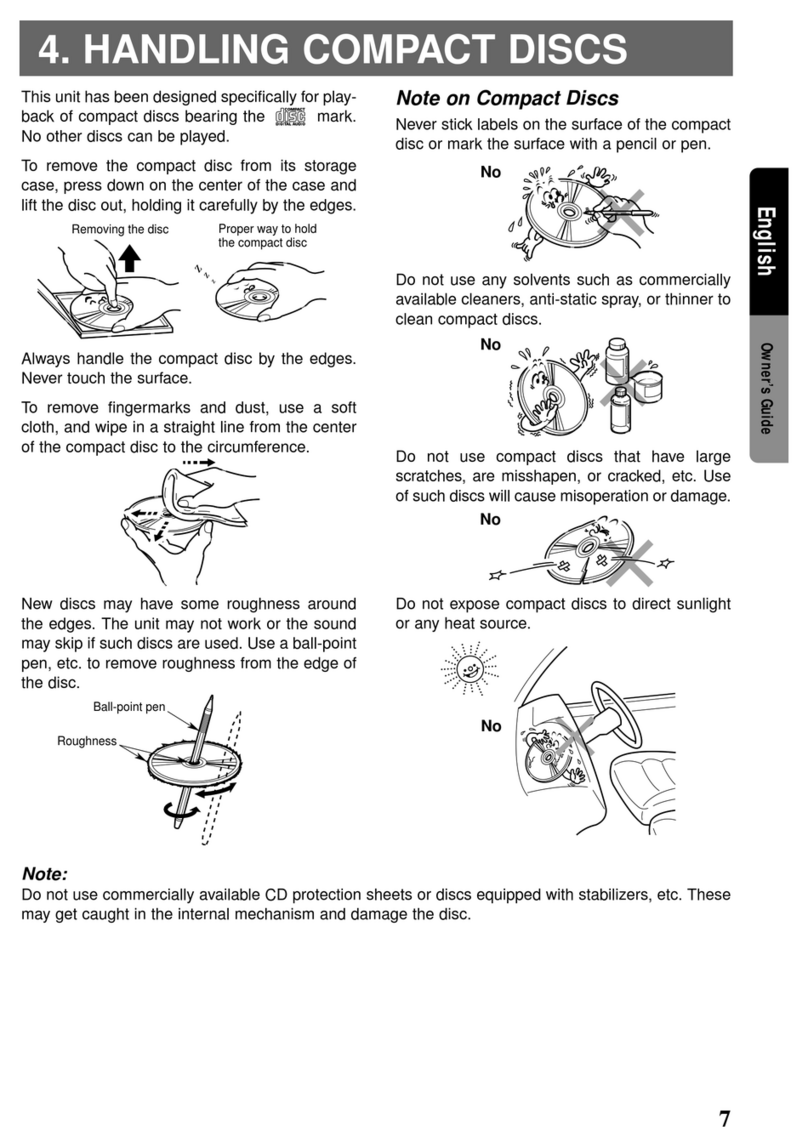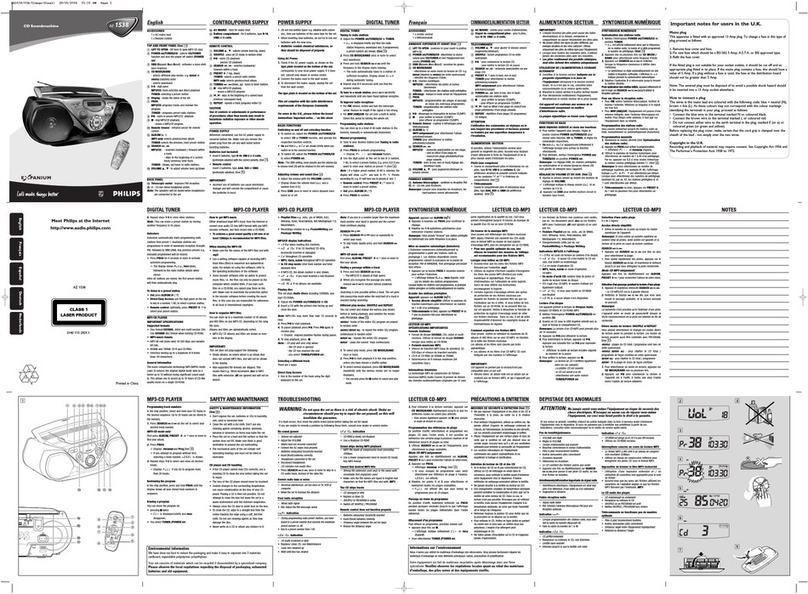
2
AM-NX1
Battery operation time1)
Dimensions
Approx. 78.9 ×72.2 ×17.2 mm (w/h/d)
(3 1/8×2 7/8×11/16 in.)
(excluding projecting parts and controls)
Mass
Approx. 85 g (3.0 oz) the recorder only
1)Measured in accordance with JEITA.
Supplied accessories
AC power adaptor (1)
Battery charging stand (1)
Headphones/earphones with a remote control
(1)
Dedicated USB cable (1)
NH-14WM Nickel metal hydride rechargeable
battery (1)
Battery carrying case (1)
Dry battery case (1)
CD-ROM (SonicStage Ver. 1.5) (1)*
Carrying pouch (1)
* Do not play a CD-ROM on an audio CD
player.
Design and specifications are subject to change
without notice.
The battery life may be shorter due to
operating conditions, the temperature of
the location, or the type of alkaline dry
battery being used.
When playing
(Unit: approx.hours)(JEITA2))
1) Measured with the power save mode on (see
“Preserving battery power (Power Save
Mode)”).
2) Measured in accordance with the JEITA
(Japan Electronics and Information
Technology Industries Association) standard.
Batteries SP
Stereo LP2
Stereo LP4
Stereo
Nickel metal
hydride
rechargeable
battery3)
3) When using a 100% fully charged nickel metal
hydride rechargeable battery.
31 38 45
LR6 (SG)
Sony alkaline
dry battery4)
47 57 69
Nickel metal
hydride
rechargeable
battery3)
+ One LR6
(SG)4)
80 95 114
4) When using a Sony LR6 (SG) “STAMINA”
alkaline dry battery (produced in Japan).
CAUTION
Use of controls or adjustments or performance of procedures
other than those specified herein may result in hazardous ra-
diation exposure.
Notes on chip component replacement
•Never reuse a disconnected chip component.
•Notice that the minus side of a tantalum capacitor may be dam-
aged by heat.
Flexible Circuit Board Repairing
•Keep the temperature of the soldering iron around 270 ˚C dur-
ing repairing.
•Do not touch the soldering iron on the same conductor of the
circuit board (within 3 times).
•Be careful not to apply force on the conductor when soldering
or unsoldering.
UNLEADED SOLDER
Boards requiring use of unleaded solder are printed with the lead-
free mark (LF) indicating the solder contains no lead.
(Caution: Some printed circuit boards may not come printed with
the lead free mark due to their particular size)
: LEAD FREE MARK
Unleaded solder has the following characteristics.
•Unleaded solder melts at a temperature about 40 ˚C higher than
ordinary solder.
Ordinary soldering irons can be used but the iron tip has to be
applied to the solder joint for a slightly longer time.
Soldering irons using a temperature regulator should be set to
about 350 ˚C .
Caution: The printed pattern (copper foil) may peel away if the
heated tip is applied for too long, so be careful!
•Strong viscosity
Unleaded solder is more viscous (sticky, less prone to flow) than
ordinary solder so use caution not to let solder bridges occur
such as on IC pins, etc.
•Usable with ordinary solder
It is best to use only unleaded solder but unleaded solder may
also be added to ordinary solder.
SAFETY-RELATED COMPONENT WARNING!!
COMPONENTS IDENTIFIED BY MARK 0OR DOTTED
LINE WITH MARK 0ON THE SCHEMATIC DIAGRAMS
AND IN THE PARTS LIST ARE CRITICAL TO SAFE
OPERATION. REPLACE THESE COMPONENTS WITH
SONY PARTS WHOSE PART NUMBERS APPEAR AS
SHOWN IN THIS MANUAL OR IN SUPPLEMENTS PUB-
LISHED BY SONY.
On power sources
•Use house current, nickel metal hydride
rechargeable battery, LR6 (size AA) battery,
or car battery.
•Foruse in your house: For the supplied battery
charging stand, use the AC power adaptor
supplied with this recorder. Do not use any other
AC power adaptor since it may cause the recorder
to malfunction.
Polarity of the
plug

